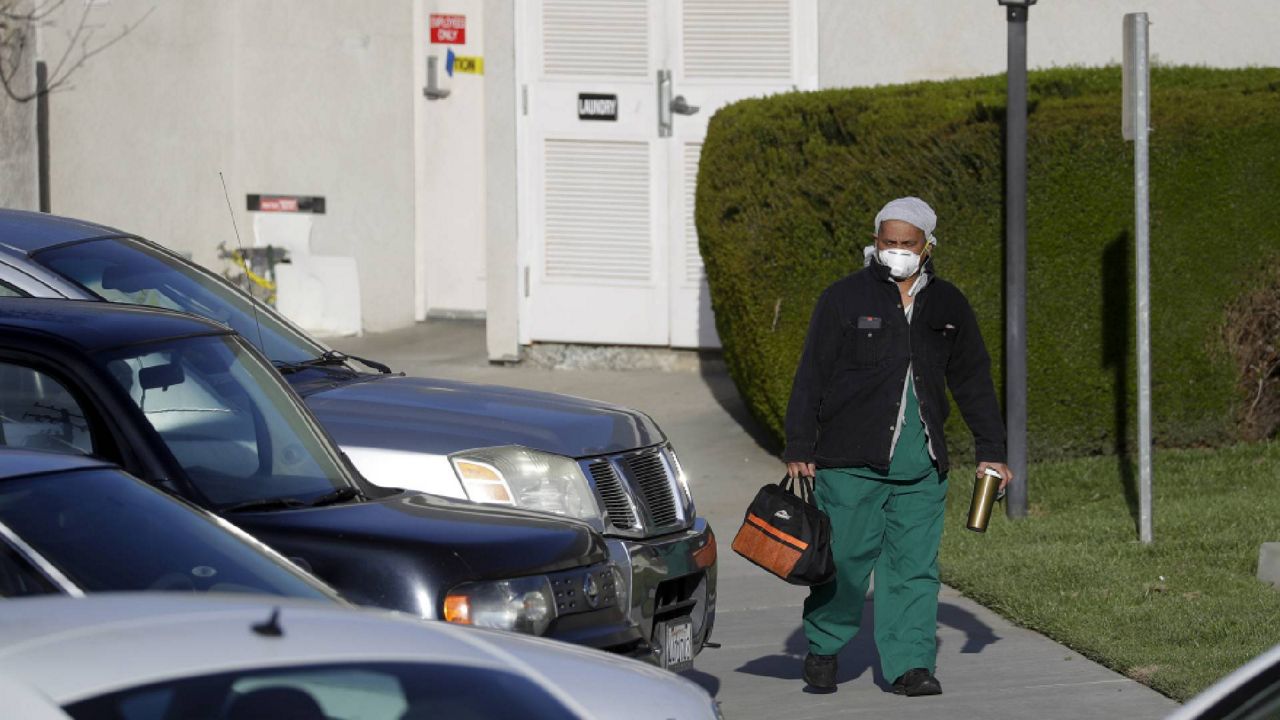On Wednesday, the U.S. officials in charge of developing and distributing a COVID-19 vaccine said there will likely be enough doses to vaccinate as many as 100 million people by March, enough to cover the most vulnerable Americans.
General Gustave Perna, who oversees distribution under Operation Warp Speed, confirmed the federal plan to vaccinate 20 million people by the end of the year, another 30 million in January and 50 million by the end of February. The number vaccinated in February may increase if more vaccines are approved.
Both Pfizer and Moderna have submitted their vaccine candidates — which each have more than 90% efficacy — to the Food and Drug Administration for an Emergency Use Authorization. The FDA will meet on Dec. 10 to consider Pfizer’s vaccine and on Dec.17 to review Moderna’s data.
On Tuesday, an independent CDC panel voted to recommend that health care personnel and people in long-term care facilities are the first groups to get a vaccine. That recommendation is set to be issued to states, which can then implement their own, more detailed distribution plans.
According to CDC proposals, the next push would include other essential workers, and the final vaccines of "Phase 1" would go to Americans over 65 and those with underlying health conditions.
Once the FDA authorizes a vaccine, the first doses are ready to be mobilized within 24 hours, General Perna said.
Already, 6.4 million doses of the Pfizer vaccine are ready to be shipped in the first wave, plus 12.5 million doses of Moderna’s candidate. From there, General Perna said there will be a “continuous cadence” of vaccines distributed week by week to each state, territory and some major cities.
“The states know their people, their populations the best,” Perna said. “Our responsibility is to enable, to empower their plan.”
The number of vaccines that go out to each state is based on population.
Officials also said they have plans to account for the fact that both the Pfizer and Moderna vaccines require two doses. General Perna said the government won’t send out any initial doses until it confirms there’s a second dose in stock.
He called the system in place for tracking second doses and sending reminders “draconian,” saying it includes paper cards to be filled out by providers when giving the first dose as well as state notification plans. He also said pharmacies like CVS and Walgreens have notification systems already in place.



